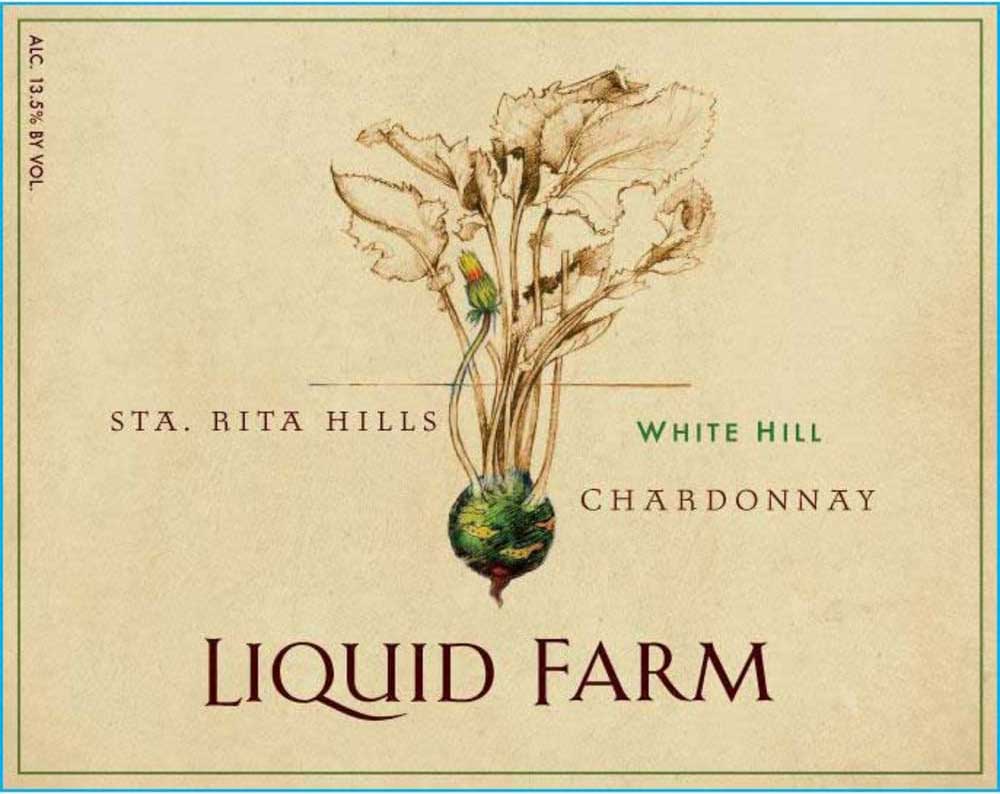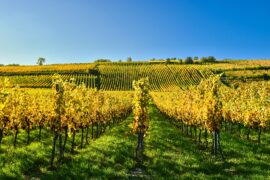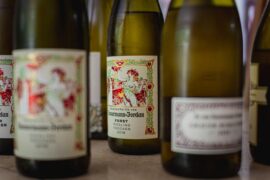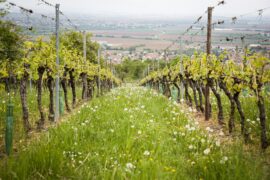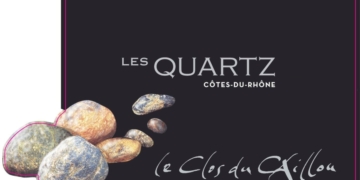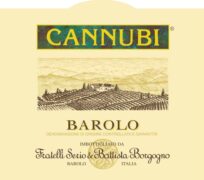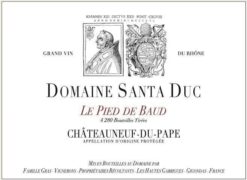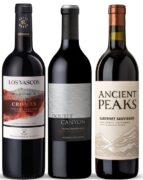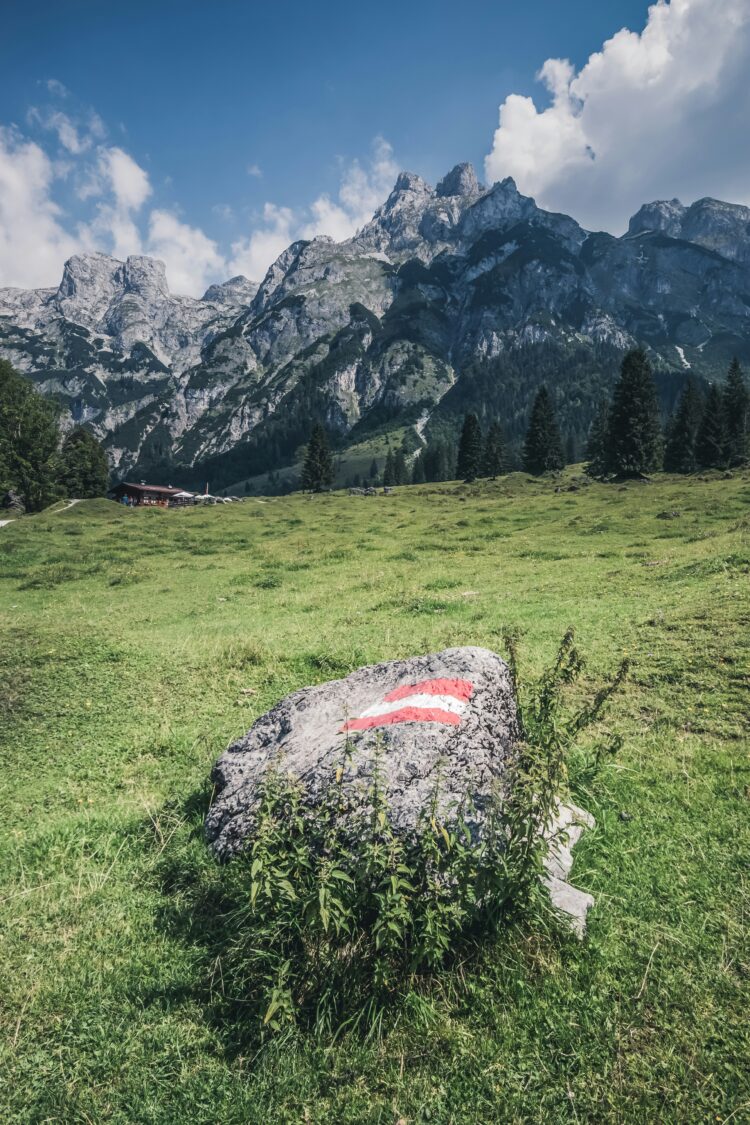Austria’s wine history is a rich tapestry woven from centuries of tradition, innovation, and resilience. From its ancient roots to its modern resurgence, Austrian wine has evolved into a dynamic industry known for its quality, diversity, and distinctive character.
Ancient Origins and Medieval Flourishing
The origins of winemaking in Austria date back to the Celts and Romans, who introduced viticulture to the region around 700 BC. The Romans established vineyards along the Danube, recognizing the potential of Austria’s fertile soils and favorable climate. As Christianity spread during the Middle Ages, monasteries played a crucial role in maintaining and expanding wine production, with monks cultivating vineyards and refining winemaking techniques. By the 12th century, Austrian wine was already highly regarded, and vineyards flourished throughout the country.
The Golden Age and the Crisis of the 20th Century
The 18th and 19th centuries marked the golden age of Austrian wine. The Habsburg Empire, which ruled over much of Central Europe, provided a vast market for Austrian wines, and viticulture reached its peak in terms of both quality and quantity. However, this success was followed by a series of challenges in the 20th century.
The phylloxera epidemic in the late 19th century devastated European vineyards, including those in Austria, forcing winemakers to rebuild from scratch. The most significant blow came in 1985 with the “antifreeze scandal,” when some producers were found to be illegally adding diethylene glycol to wine to enhance sweetness. This scandal severely damaged Austria’s wine reputation, leading to a collapse in exports and a crisis in the industry.
Recovery and Resurgence
In the aftermath of the scandal, Austria’s wine industry undertook a complete transformation. Stricter regulations were implemented, focusing on quality control and transparency. The introduction of the Districtus Austriae Controllatus (DAC) system in 2003 was a key development, designating specific regions with controlled appellations similar to those in France and Italy. This helped restore consumer confidence and promote the unique qualities of Austria’s wine regions.
A new generation of winemakers emerged, committed to producing high-quality wines that reflected Austria’s rich terroir. Grüner Veltliner, Austria’s flagship grape, gained international recognition for its crisp, peppery profile, becoming a symbol of the country’s wine renaissance. Austria’s red wines, particularly those made from Blaufränkisch and Zweigelt, also began to gain acclaim for their structure and complexity.
Modern Innovations and Global Recognition
Today, Austria is celebrated for its innovation and diversity in winemaking. The country is at the forefront of sustainable viticulture, with many winemakers adopting organic and biodynamic practices. This commitment to environmental stewardship is not only preserving the land but also enhancing the expression of terroir in Austrian wines.
Austria’s wine regions, from the steep slopes of Wachau to the sunny plains of Burgenland, are recognized globally for their distinctiveness. The country’s wines, known for their purity, balance, and elegance, have garnered numerous international awards and a strong presence in global markets.
The history of Austrian wine is one of resilience and reinvention. From ancient beginnings through periods of crisis to its current status as a world-renowned wine producer, Austria’s wine industry has continuously evolved. Today, Austrian wines are celebrated not just for their quality, but also for their reflection of the country’s unique landscape, traditions, and innovative spirit. The journey of Austrian wine is a testament to the enduring legacy and bright future of this exceptional wine-producing nation.



